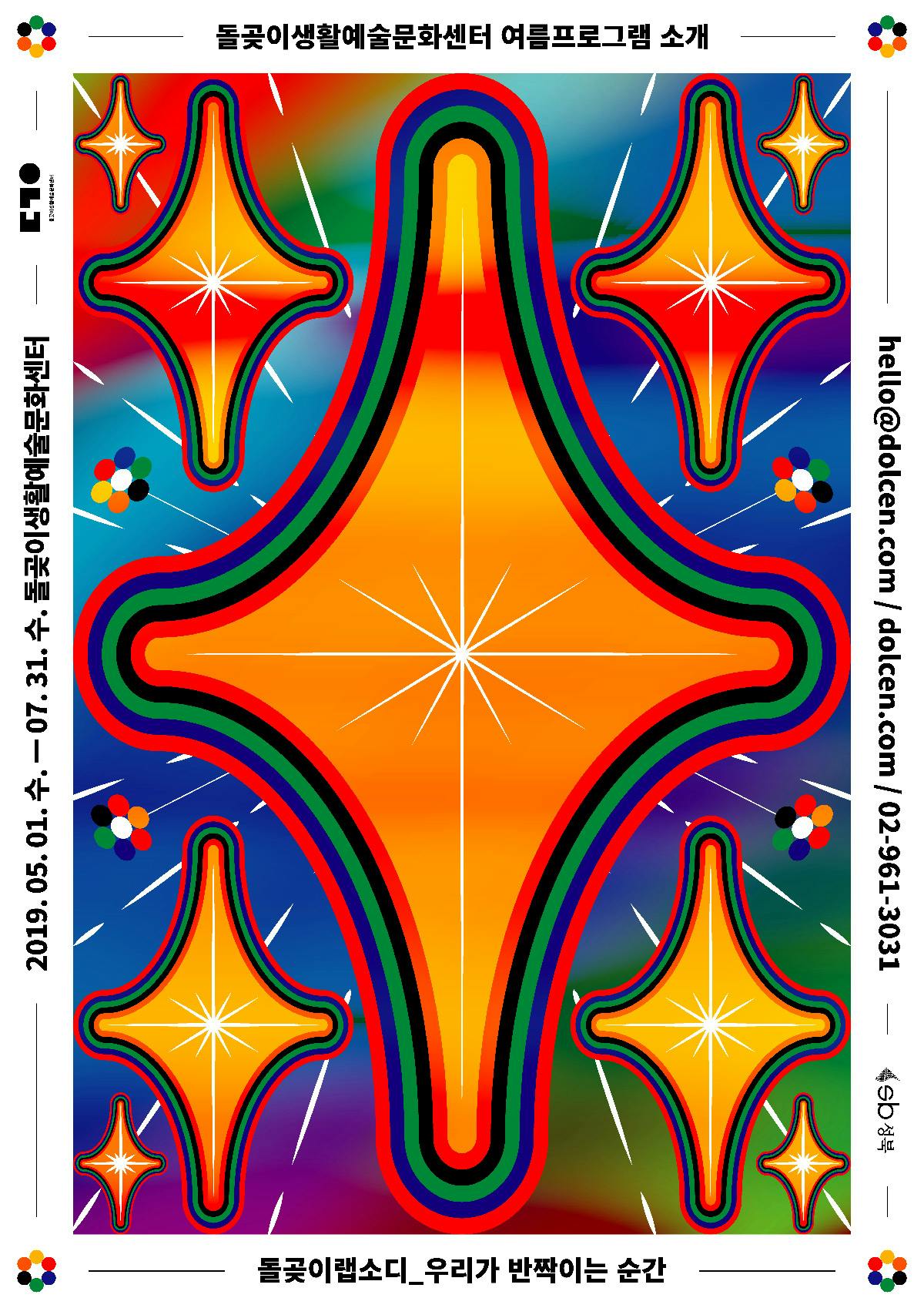Design shows in China including Design Shanghai and Festival of Design postponed due to coronavirus outbreak
Posted in: Uncategorized
Organisers of the Design Shanghai trade fair and the Festival of Design architecture conference have cancelled their March 2020 events as the coronavirus outbreak disrupts travel and business in China.
Design Shanghai, the biggest contemporary design show in China, said it was moving the fair to May “to ensure the welfare and safety of visitors to our show”.
Shanghai architect Neri&Hu has scrapped plans for its Festival of Design conference after “carefully evaluating the situation and potential risks.” The event will return in March 2021.
The two high-profile events are among an increasing number of industry events affected by the virus, which has so far claimed 213 lives in China.
Shows in Shanghai, Shenzhen and Guangzhou affected
Shenzhen International Furniture Fair, which was due to take place from 18 to 21 March, announced it has postponed its dates to June.
The Department of Commerce of Guangdong Province and Guangzhou Municipal Commerce Bureau announced the suspension of all large trade events “to ensure health and safety of all participants”.
The 45th China International Furniture Fair, which was due to take place in Guangzhou from 18 to 21 March, is among events affected.
Meanwhile, dealers have been calling for the Art Basel Hong Kong show to postpone its upcoming edition, due to take place in Hong Kong from 19 to 21 March. The fair has yet to announce a decision.
Design Shanghai postponed for “safety of visitors”
Design Shanghai was scheduled to take place from 12 to 15 March at the Shanghai World Expo Exhibition and Convention Centre.
It will now take place in the same location from 26 to 29 May, assuming that the virus has been contained by then.
“After careful consideration and advice, we have made the difficult decision to postpone Design Shanghai to ensure the welfare and safety of visitors to our show, our exhibitors and our team,” said Design Shanghai director Zhuo Tan.
“We are grateful to have confirmed new dates in the same venue with the same layout so as not to compromise the quality and success of the fair,” she continued.
“We appreciate the show of support that we have received from the design community and our partners during this time.”

The organisers of Design Shanghai made the decision in consultation with the Chinese government and local authorities, as well as the fair partners, venue and local team. Exhibitors were notified on 30 January.
Launched in 2014 by Media 10, Design Shanghai has become one of the region’s most highly acclaimed shows for the design market. The fair was sold to Clarion Events in June 2019.
Festival of Design cancelled due to “potential risks”
Neri&Hu told Dezeen they had decided “with great disappointment” to cancel the 2020 edition of Festival of Design.
The third edition of the annual conference, which invites architects from around the world to deliver lectures, was due to be held in Shanghai at the same time as Design Shanghai.
“It is with great disappointment that we have to inform all related parties on this unexpected decision, but it seems to be the best course of action at this time, setting the health and safety of our guests and attendees as our top priority,” said Neri&Hu’s Rossana Hu and Lyndon Neri.
“We shall resume the Festival of Design in Spring 2021, but for now, we pray for those whose health is affected by the virus outbreak and hope that the design community will be effective in offering our own contribution to the on-going relief efforts,” they added.
Coronavirus a global emergency
The first case of flu-like coronavirus infection was detected in Wuhan, the capital of Hubei province, on 31 December. Efforts to contain the virus have failed, with almost 10,000 cases reported in China so far and infections reported around the world.
The World Health Organization yesterday declared the outbreak a global emergency.
The Chinese government has been rapidly building a 1,000-bed hospital in Wuhan in a bid to contain and treat patients suspected of contracting the coronavirus.
The 25,000-square-metre Huoshenshan facility in Wuhan is expected to be in operation by 3 February, while a second 1,600-bed hospital called Leishenshan is set to be ready by 5 February.
The post Design shows in China including Design Shanghai and Festival of Design postponed due to coronavirus outbreak appeared first on Dezeen.






























































